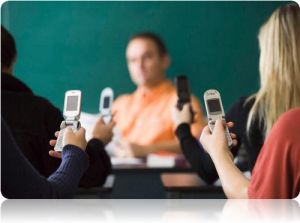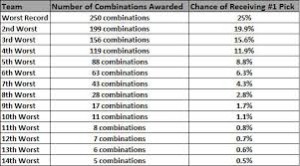Instagram. A photo sharing social Web service that lets you share your life with friends and family through a series of pictures which you post using your smartphone. Activity on Instagram is monitored and calculated through likes on a picture. One gets likes on their Instagram pictures by their followers. The more followers you have, the more likes you’ll probably have. But is posting a picture just because you have a lot of followers guaranteed a lot of likes?
You ever think you have such a great pic, that it’s bound to get likes. Whether it’s a “Throwback Thursday”(tbt), a picture with someone famous, or a picture with all your friends, the occasion and importance of the picture can really affect the amount of likes your picture gets. But theirs one thing that people generally overlook when it comes to posting a picture, and that’s timing.
Lattergramme, a service for Instagram that lets users manage and schedule Instagram posts, did an analysis of over 61,000 posts seeing when photos see the most likes and comments. What they discovered was that if you want your followers to pay attention to you and see your posts, posting at 2 am and 5 pm EST are the best times to do so. The also found out that the worst times are 9 am and 6 pm EST. Posting on Wednesday’s will give you the best day to have interact with your followers.
Latergramme founder Matt Smith broke down as to why posting at 2 am and 5 pm are the best times. “”We think this is because less people are posting at that time and that more engaged users are using Instagram at that time,” Smith told the Huffington Post. Latergramme was also able to find out what times are the “hottest” on certain days. Like on Monday, the concluded that 5 pm is the worst time to post that day and 7 pm -10 pm are the best. Like on Saturday’s, 2 am is the best time to post, and 7 am is the worst. The analysis was able to determine what days you should posts on and the times you should do so in order to getting the most interactions and essentially the most likes.
I found another analysis that complied the research of 10 different studies in determining the best time one should use social media. When it came to Instagram, it was deduced that 2-3 pm and 8-9 pm on Mondays and Thursdays were the best time to post. The 10 studies found out that there really isn’t that much of a difference between “best days to post” because Instagram engagement everyday is fairly steady and consistent.
I then found a Fortune 500 study that took 123 Instagram accounts of Fortune 500 companies and examined all the posts from the companies. They concluded that “Throwback Thursday” is the day people tend to post pictures the most, but in the case of overall effectiveness of a photo, the day doesn’t matter.
If I were to do an experiment in finding the best time to post on Instagram in order to get the most follower interactions, I would start off by hypothesizing that posting at night, during off-work hours on the weekends will get you the most likes. I think that using the knowledge of posting on the weekend would be ideal, for no one will be working so they’ll have more leisure time on social media. I would take in count the correlation between posting on a certain day (Mcm, tbt) + the hash tags used to amount of likes received on a photo. To determine the best day to post, I will add a post likes and comments together, then I would divide this by the user’s follower count. By doing this on every day of the week, we’ll be able to determine which day sees the most engagement amongst one’s followers. I would then take multiple accounts and use them in this experiment. I feel like doing an observational study or experimental study wouldn’t make that much of a difference. If we did an observational study and just observed the amount likes a post gets compared to others, we’d be able to see the real results of the posts without changing the environment of the posts. If we did experimental, we would be able to control the time of when an account posts. I would have 168 accounts partake in this experiment and have each account post once during a week. Since there are 7 days a week, and 24 hours in a day, that’s how I got 168 accounts. One account will post on Sunday at 12am, and the next account will post on Sunday at 1 am, and so on until Saturday at 11 pm. In the controlled experiment, the independent variable will be the time posted and the dependent variable will be the most interaction amongst followers (likes, comments, follower interaction). Whichever account gets the most likes, comments, and followers interaction will essentially prove which time is the best time to post.
Works Cited:
http://www.huffingtonpost.com/2015/02/25/get-instagram-likes_n_6751614.html
http://coschedule.com/blog/best-times-to-post-on-social-media/



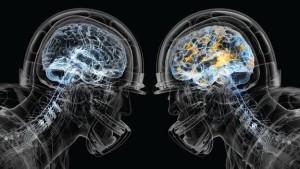
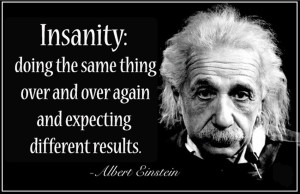
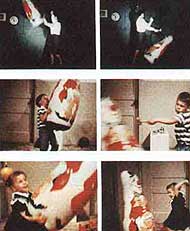

 When researching “Why we sleep?”, I stumbled upon an article that gave me different theories to look at. One of theories I found interesting was the Brain Plasticity Theory. It highlights the importance of sleep and how it correlates to changes in the structure and organization of the brain. REM sleep, the stage where dreams occur, plays a critical role in brain development and can be seen through todlers who sleep about 13 to 14 hours per day. Teenagers on the other hand are recommended 8-10 hours, while adults should sleep 7-9 hours per day.The affect of sleep deprivation on the young can be crucial in the development of the brain.
When researching “Why we sleep?”, I stumbled upon an article that gave me different theories to look at. One of theories I found interesting was the Brain Plasticity Theory. It highlights the importance of sleep and how it correlates to changes in the structure and organization of the brain. REM sleep, the stage where dreams occur, plays a critical role in brain development and can be seen through todlers who sleep about 13 to 14 hours per day. Teenagers on the other hand are recommended 8-10 hours, while adults should sleep 7-9 hours per day.The affect of sleep deprivation on the young can be crucial in the development of the brain.